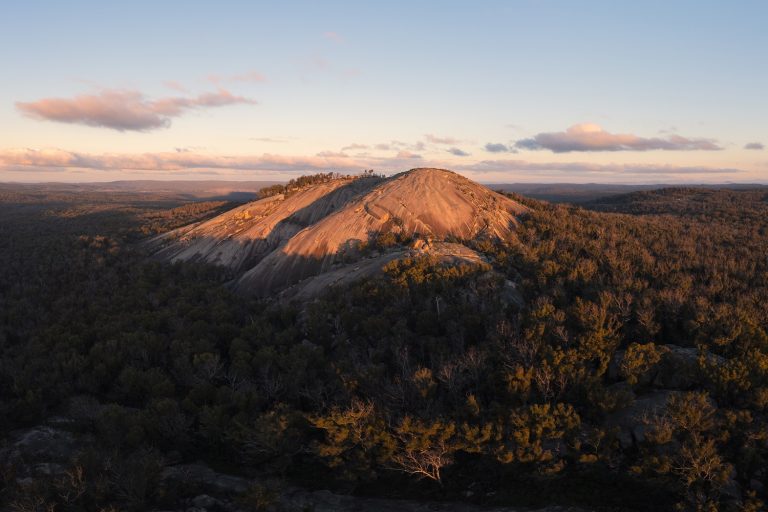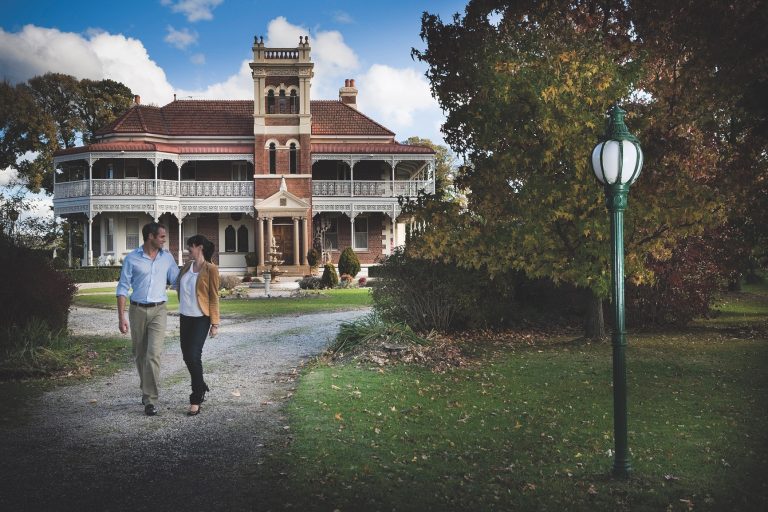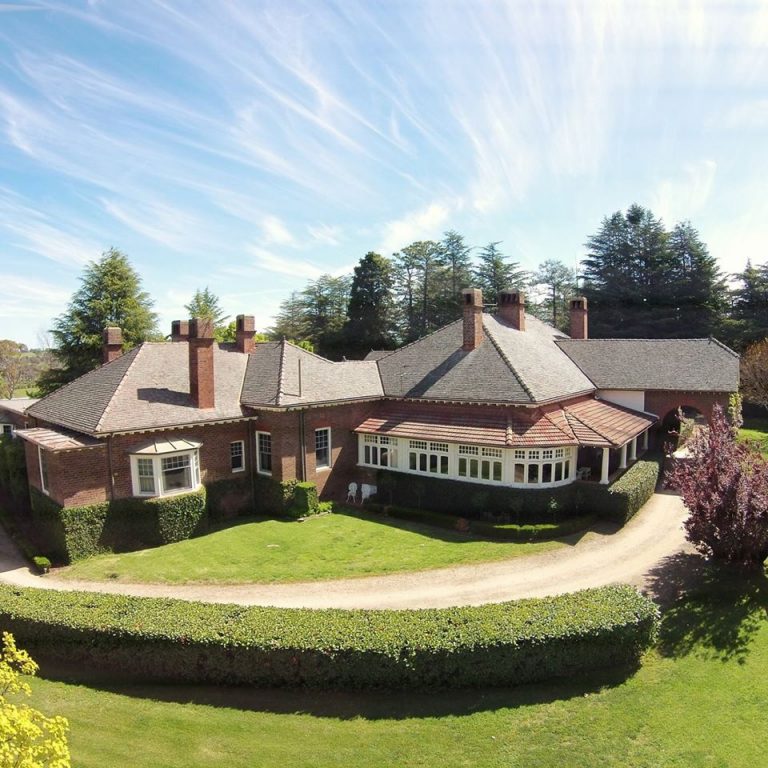
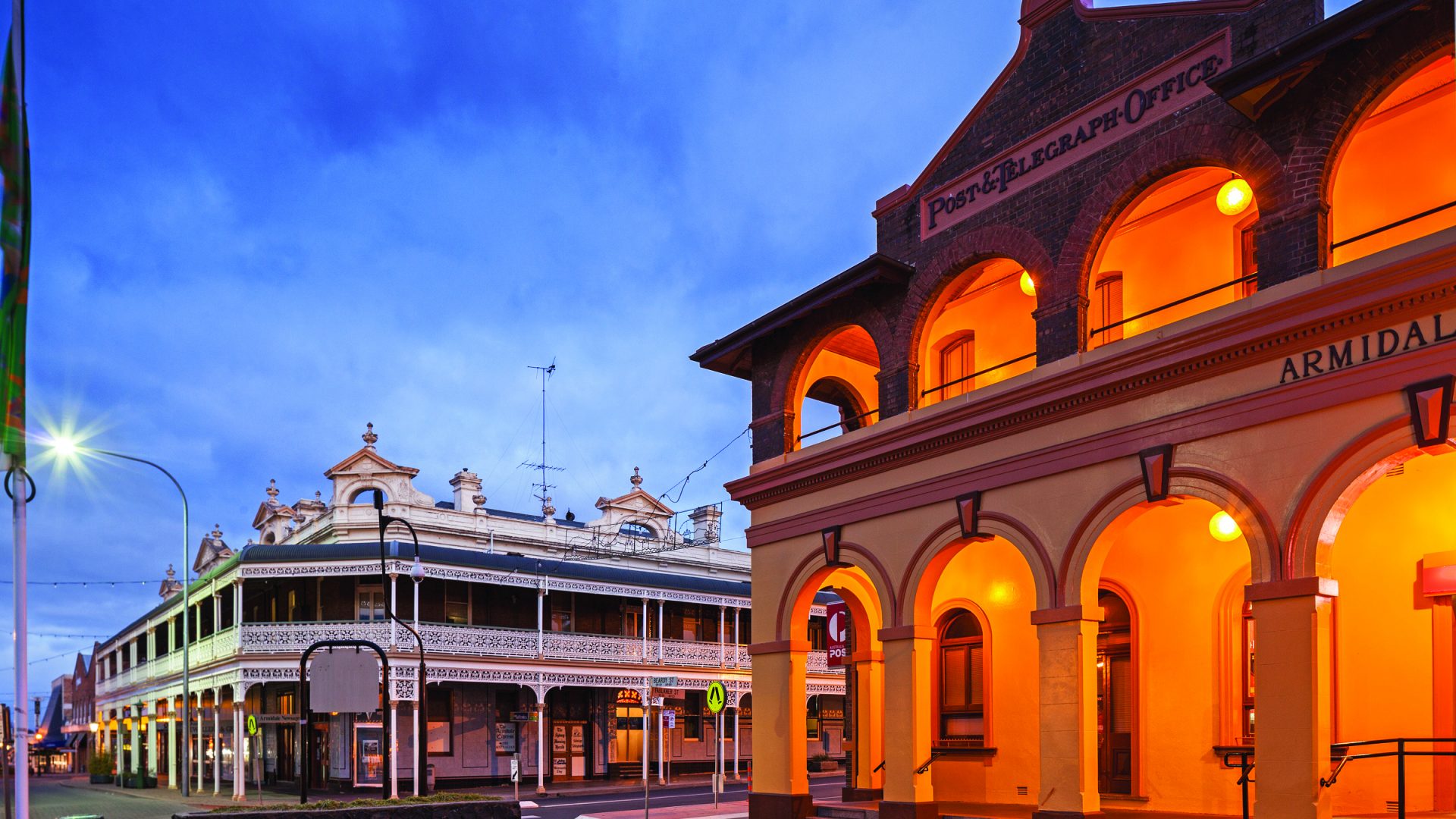
History and heritage in Armidale
For thousands of years the Anaiwan Aboriginal people hunted and gathered on the tablelands around Armidale. In 1818, English explorer John Oxley ascended the ranges on horseback and camped for a while near Apsley Falls. He noted the ‘parkland’ he found on the plateau in his diary, and the march of European pioneers that followed changed the region forever.
The Armidale Heritage Tour, a 2.5 hour guided tour operates from the Visitor Information Centre departing 10am Monday – Saturday. This fabulous tour is one for all history buffs as you will be taken on an historical journey through Armidale with a lively and personal commentary from one of the tour guides. There are four opportunities to alight from the bus- at the New England Regional Art Museum, Aboriginal Cultural Centre, Armidale Railway Museum and the historic Booloominbah Homestead.
Experience feature attractions

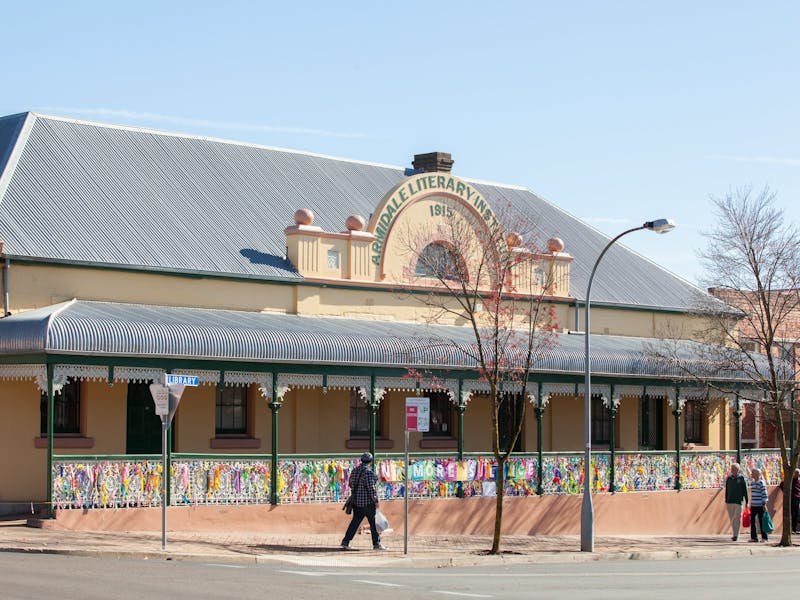
Armidale Folk Museum
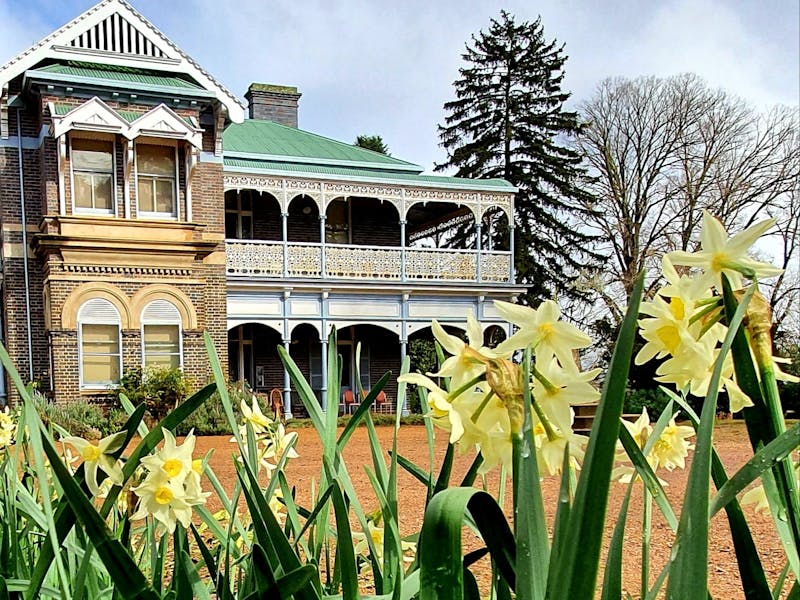
Saumarez Homestead
Experience using mobile apps


Discover our stories
Tell me more …
Armidale was officially declared a town in 1846. A few years later, the arrival of the railway and discovery of gold at Rocky River and Hillgrove heralded a population and building boom. Valuable minerals and metals, including tin, were discovered at other sites around the region and hundreds of Chinese joined the workforce, adding another dimension to the cultural mix.
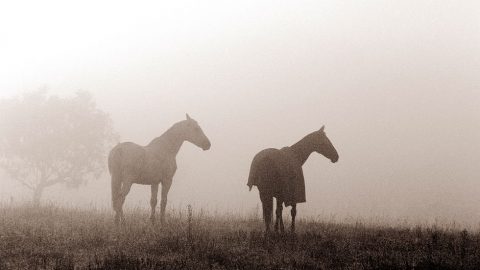

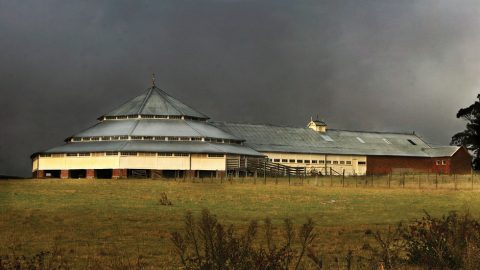

Back in the old days, bushrangers were notorious for disrupting the bucolic pastoral scene. The antics of Frederick Ward (alias, Captain Thunderbolt), for instance, are legendary here. Ward’s stellar career in highway robbery came to an end when he was shot by police at Kentucky Creek in 1870. Or was he? Controversy about who was actually killed on that day has been hotly debated ever since. On display at McCrossin’s Mill Museum in Uralla (a fine example of a late-19th century commercial building) is a fascinating collection of Thunderbolt memorabilia and displays that reveal stories about the area’s gold mining heyday and wool industry history. Thunderbolts Cave is just south of Guyra off the New England Highway
It was a prosperous few decades and Armidale’s heritage architecture, in particular, reflects the grand ambitions of those late 19th-century settlers. The Anglican and Catholic cathedrals were among the earliest buildings to grace the centre of town, along with the stately post office, state bank and courthouse, all still in use today.
In the countryside just outside Armidale, Saumarez Homestead, a 30-room Edwardian mansion with most of its original furnishings intact, offers a remarkably authentic glimpse of 19th-century family life on the land. The homestead, situated on a ten-hectare grazing property, was first inhabited by British settlers in the 1830s led by Henry Dumaresq. Today, visitors can explore the property’s extensive gardens, the fully furnished homestead, built between 1888 and 1906, and 15 farm and other buildings dating from the late 19th and early 20th centuries, complete with collections of early farm equipment.
Also of historic note out of town is Booloominbah, the 1880’s White family homestead designed by noted architect John Horbury Hunt (who also designed the Anglican cathedral). The building is now the administrative heart of the University of New England, the first rural university in NSW (established as a college of Sydney University in 1938 and proclaimed an independent university in 1954). Visitors can enjoy Booloominbah over lunch or a coffee whilst taking in the historical ambience.
The University campus and many charming heritage buildings across the region are home to museums and collections that reveal myriad colourful stories about the history of the New England.




